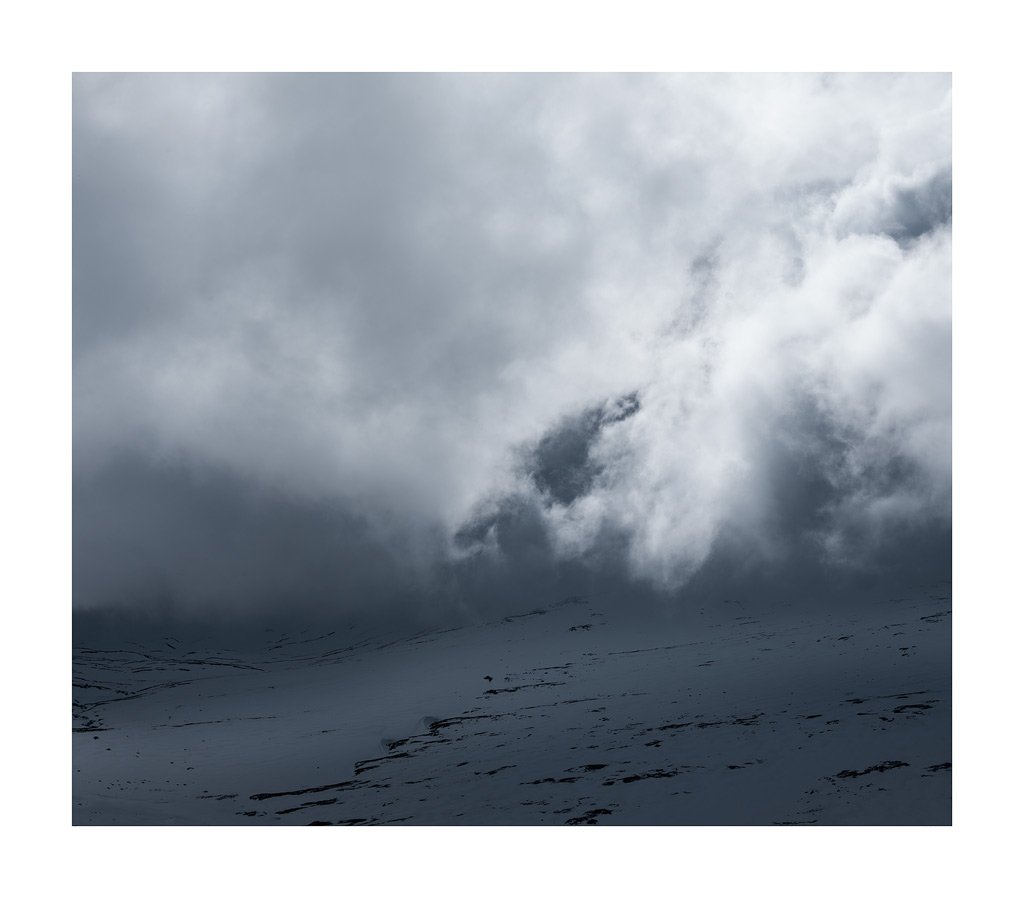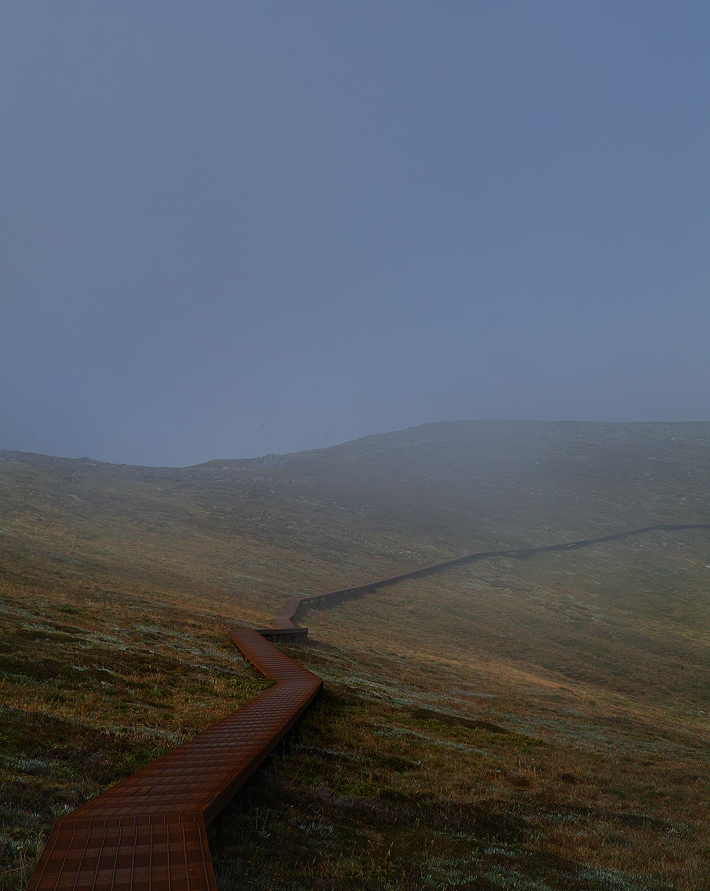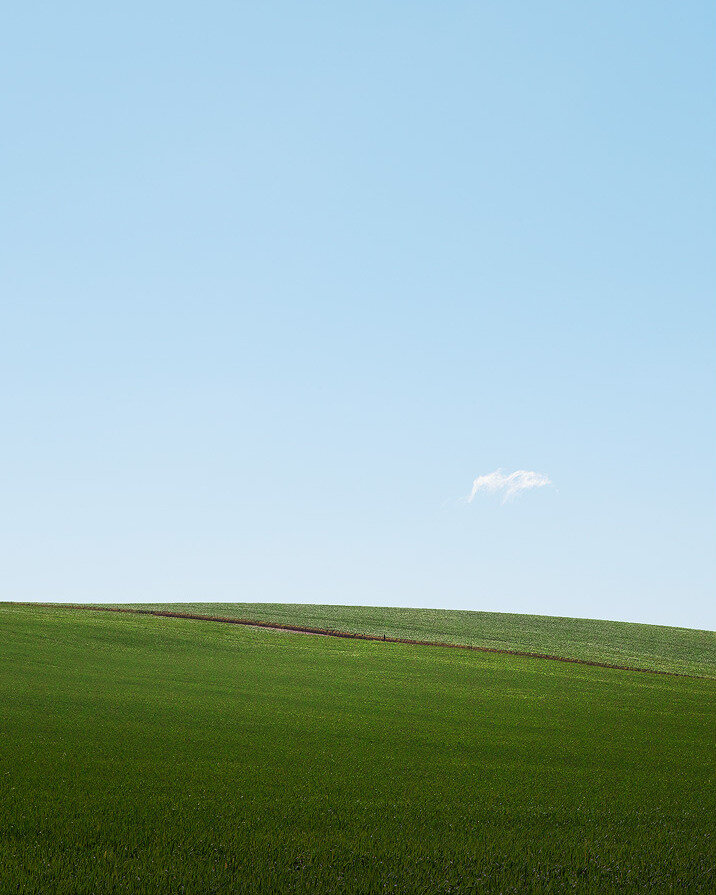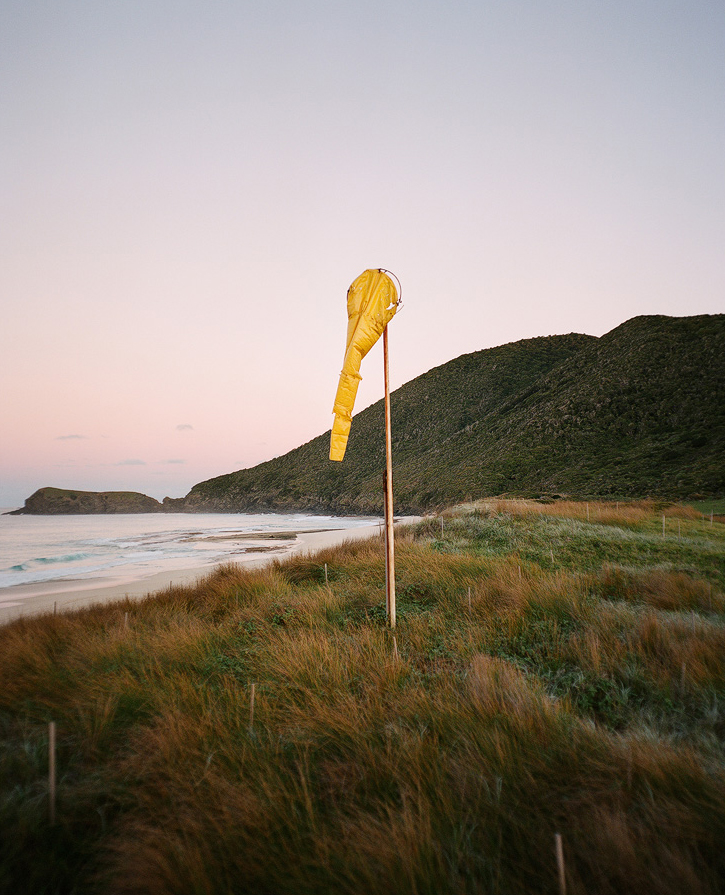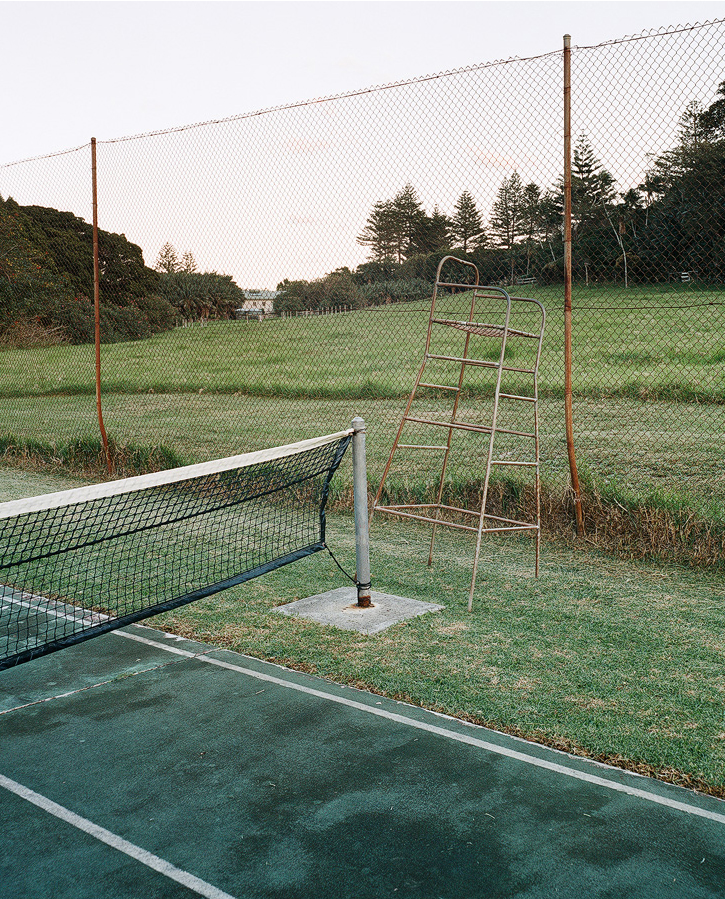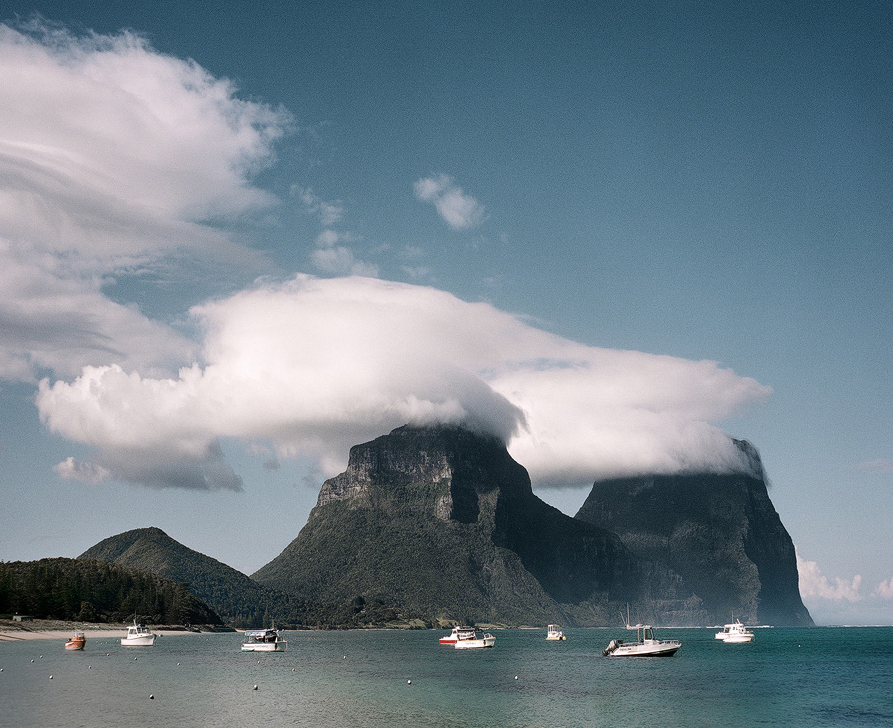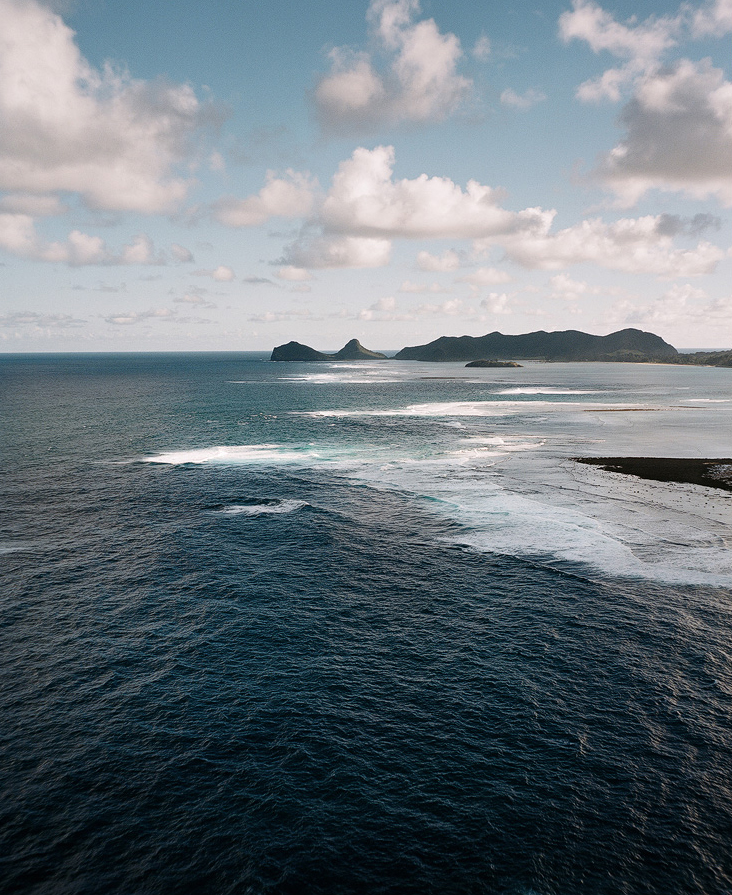I’ve been busy this month tidying up the website and preparing images for print sales when I came across this series I took on a break to Mudgee, NSW my wife and I took last year. This will be a short post, but I thought it was worth sharing some images.
There’s an interesting duality here that sums up modern-day Mudgee: a combination of old and new, of history and modernity.
Mudgee itself, like a lot of regional towns in Australia, has changed a lot in the last ten or so years I was last there. Nearby mining has brought new wealth into the town, which is reflected not only in the housing pricing, but also the abundance of restaurants and eateries. The town itself has also pushed tourism heavily in the last few years, making Mudgee something of a must-eat foodie destination in NSW. The town has not lost its old-school charm, though, and remains the perfect place for a little relaxation.
While that looks like a moon, it was actually a water droplet on the lens of my camera.
Come the weekend, there are always some wonderful classic cars around the town. This GTO was in great condition.
The food. Oh, the food. We ate at the very popular Pipeclay Pumphouse with views of the Robert Stein vineyard. As expected, the food was wonderful with a distinct Australian flavour. Also impressive was the Zin House. Here, everything is sourced from the restaurant garden, which you are invited to walk through with a glass and view. It kind of makes you never want to go back to Sydney.
I should really do a series of all these theatres in regional towns around Australia. The Regent in Mudgee is especially photogenic.
So there you have it. Looking for a break from the big smoke? Mudgee is well worth the trip, especially if you’re looking for a decent feed. Just don’t forget your wallet. More images below.
























